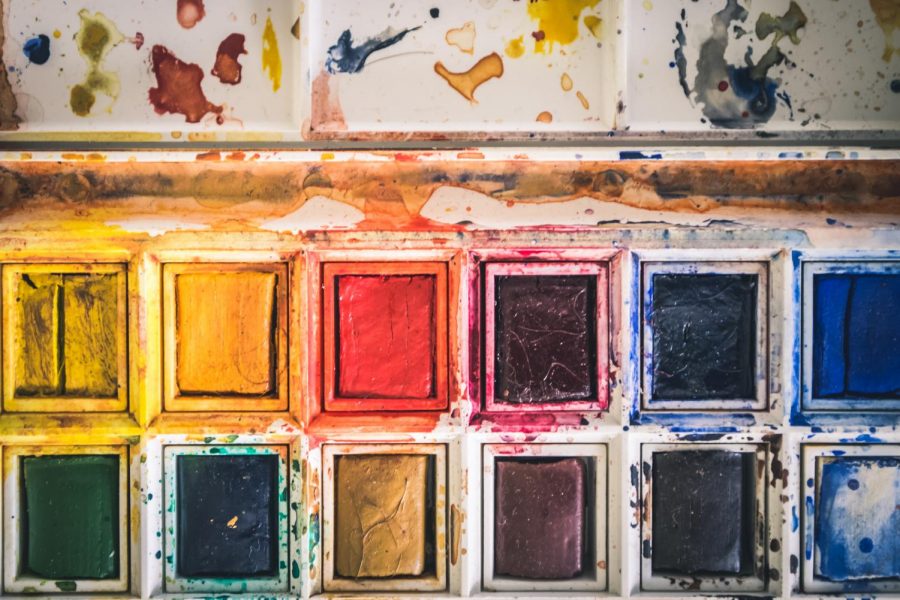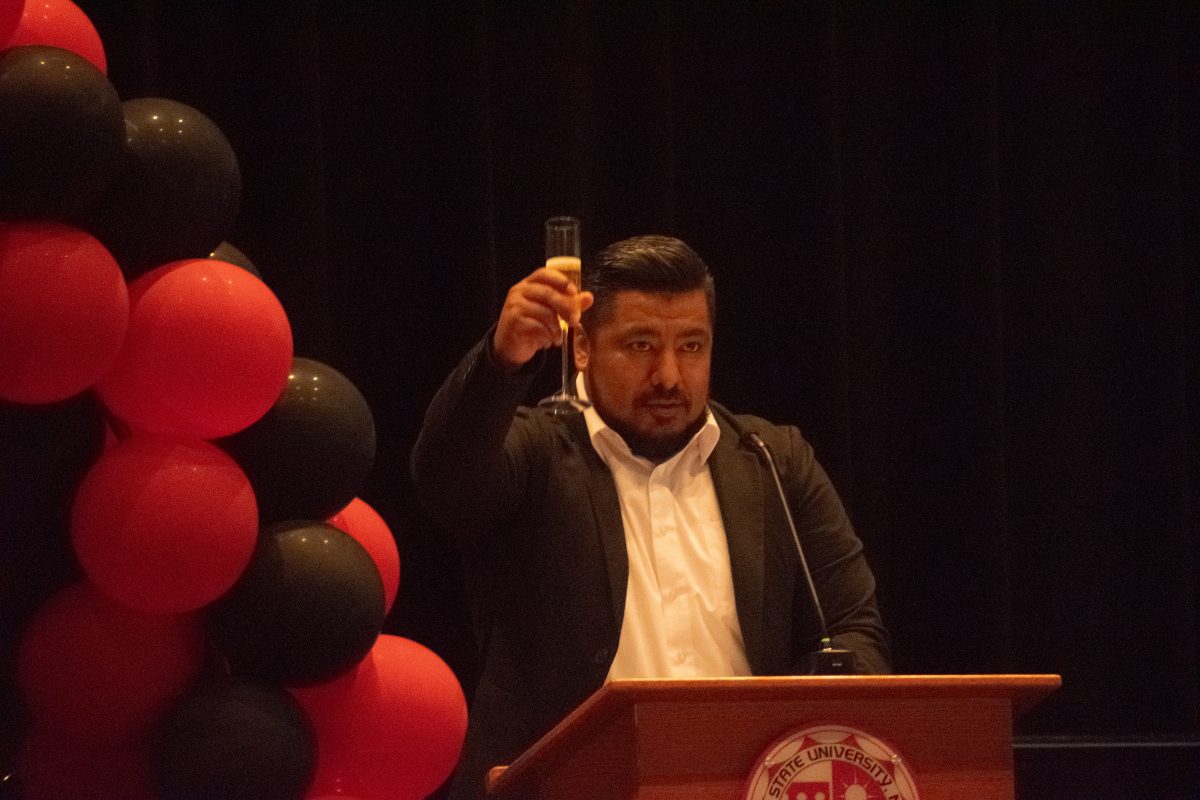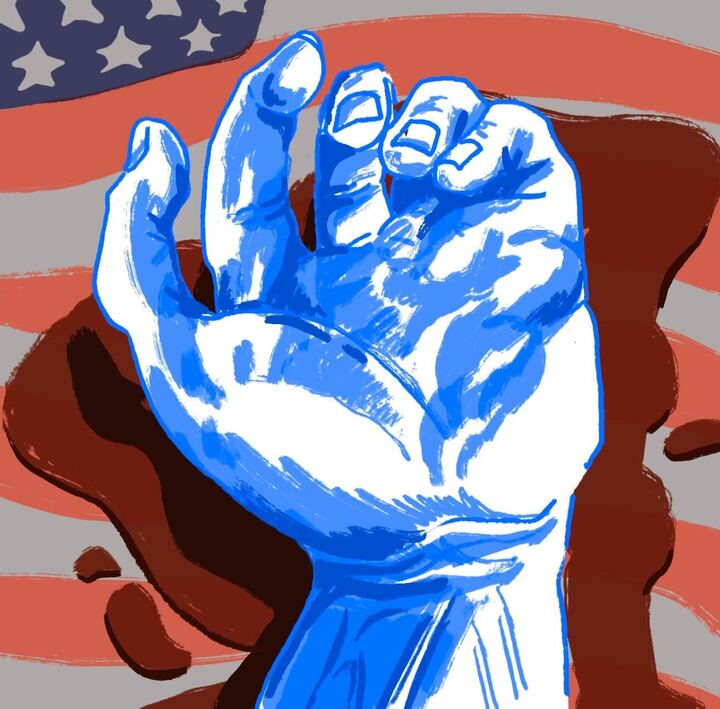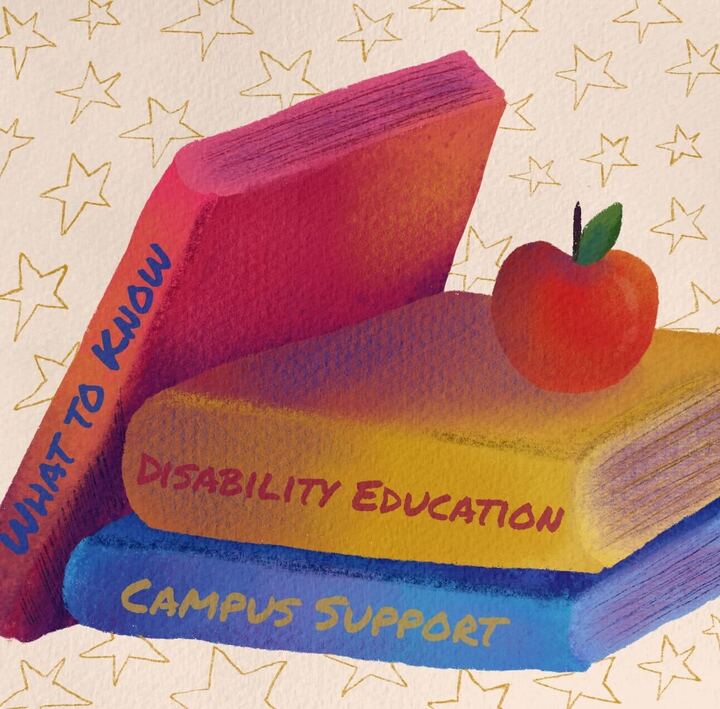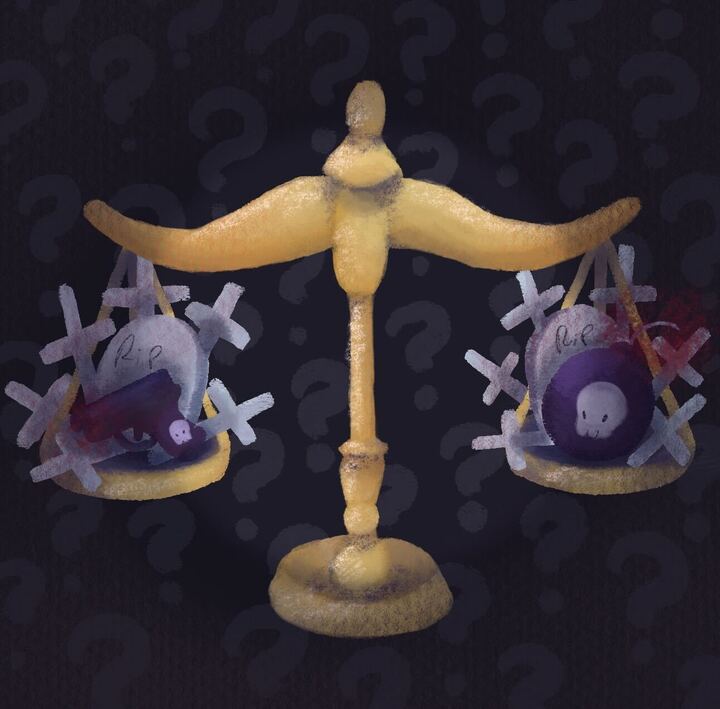What is art? Is it anything? Is it everything? That definition is continuously up for debate, but for me, an art major with an emphasis in photography and design, art is communication.
So, when I joined The Sundial in fall 2018, it was shocking to find there were only a few artists residing in the newsroom: one illustrator, two designers, a handful of photographers and the new addition of myself, the one video editor.
Where were the teams of people working on visualizing all the powerful stories being written? All I found were editors and reporters hard at work writing long form, cut and dried, hard news stories.
What is the thing that makes you pick up a magazine, newspaper or journal? It’s the art. You are not going to know how great of a story is lying in the pages if you never pick up the publication in the first place. This is even more important for small publications, such as independent magazines or school publications whereas, for the most part, there isn’t a huge following or name brand recognition.
This means we don’t have the luxury that publications such as The Washington Post or The New York Times have, the luxury of name recognition that has been built from years of dedication and trust. We need something to make someone passing by a newsstand or clicking through websites pause for long enough to actually pick up and read the content we work so hard to produce. What is that something? You guessed it: art.
How do we get our stories read? Well, we need an equally powerful visual to go with it. Let’s face it, people of my generation (Gen. Z) are less likely to read long-form content. We are better able to absorb and interpret short, engaging audio and visual content that will give information quickly.
That does not mean that there is no place for long-form content. In fact, this leaves even more importance for these types of stories as they are the place where detail and more context can be found after the initial interest is sparked. But these don’t catch people off the bat, they may actually scare more people away than they bring in.
There is no field, career or job that is not interconnected and interdisciplinary. The more types of people and types of storytelling we can combine, the stronger the content will be. Let’s bring more artists into the conversation, the classroom, the newsroom. In the end we are all working towards the same goal: to communicate stories in the best way we can.
